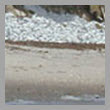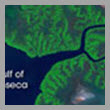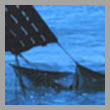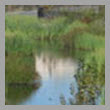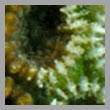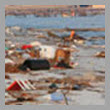Bounty of the Sea
Your journey through the ocean’s many layers in Alvin clued you in to the diversity of life in marine ecosystems, but what else does the ocean give us? Explore the table below by clicking on each image to find out what ecological and economic services the ocean provides.
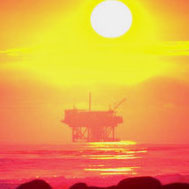
Climate moderation |
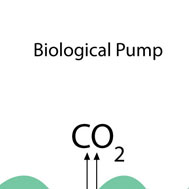 Carbon dioxide absorption
Carbon dioxide absorption |
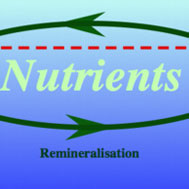 Nutrient cycling
Nutrient cycling |
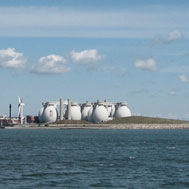
Waste treatment |
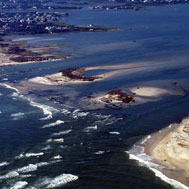
Reduction in storm impacts through mangroves, coastal wetlands, and barrier islands |
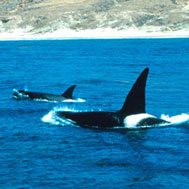
Habitat and nursery areas |
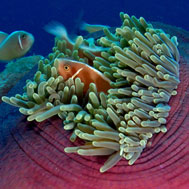 Genetic resources and biodiversity
Genetic resources and biodiversity |
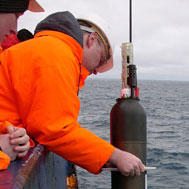 Scientific information
Scientific information |
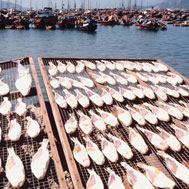
Food, animal and pet feed |
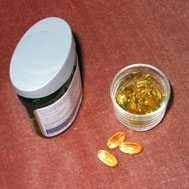
Pharmaceuticals |
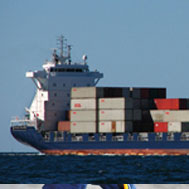
Harbors and transportation routes |
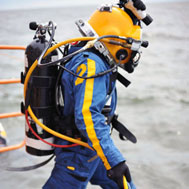
Employment |
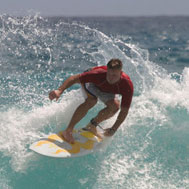
Recreation |
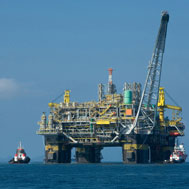 Oil and natural gas resources
Oil and natural gas resources |
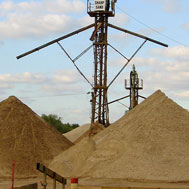 Building resources
Building resources |
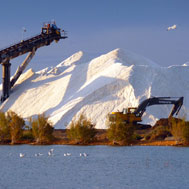 Mineral resources
Mineral resources |
The Coast has the Most!
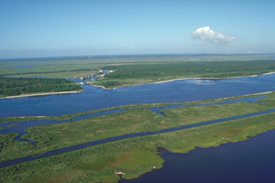 Coastal areas make up less than 10% of the world’s oceans, and yet they provide us with the majority of the economic and ecological services we require from the ocean. Estuaries and coastal wetlands are hugely valuable to humans and yet are also severely threatened by urban development. Coastal wetlands offer protection from storms, filter pollution from the water, and serve as habitat for many species that we depend on for food. Take a look at what can happen when coastal wetlands are disturbed or removed in the video clip below.
Coastal areas make up less than 10% of the world’s oceans, and yet they provide us with the majority of the economic and ecological services we require from the ocean. Estuaries and coastal wetlands are hugely valuable to humans and yet are also severely threatened by urban development. Coastal wetlands offer protection from storms, filter pollution from the water, and serve as habitat for many species that we depend on for food. Take a look at what can happen when coastal wetlands are disturbed or removed in the video clip below.
The coastal areas are the most productive because they receive the majority of sunlight and nutrients compared to other parts of the ocean. They contain 90% of all marine species and are the locations for protective mangrove forests, barrier islands, and coastal wetlands.
Click on the image above to watch Doomed New Orleans
Text Version
Human Impacts on Marine Ecosystems
Removing the coastal wetlands in New Orleans took a terrible toll. What other impacts have humans had on marine ecosystems? Look through these images to learn about the ways in which humans contribute to the degradation and destruction of marine ecosystems and how we can help return them to their healthy state.
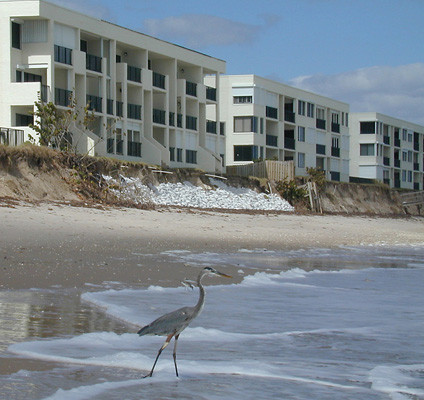 Development in coastal areas and rising sea levels have contributed to beach erosion. The sea reclaims the sand and naturally moves it to other locations. Although sand bags are used here to slow the erosion process, the sea will eventually win out unless there is extreme human intervention such as dredging and shifting of water channels.
Development in coastal areas and rising sea levels have contributed to beach erosion. The sea reclaims the sand and naturally moves it to other locations. Although sand bags are used here to slow the erosion process, the sea will eventually win out unless there is extreme human intervention such as dredging and shifting of water channels.
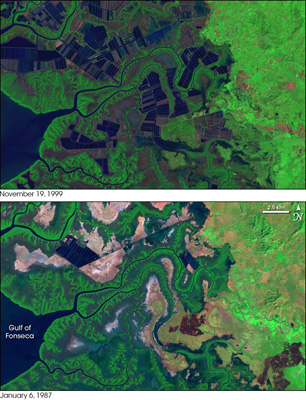 Shrimp farms are responsible for the removal of mangroves in coastal areas. Mangroves are source of protection for the mainland against rising seas and wind. In addition, they provide valuable habitat for many marine organisms. This photo shows the explosion of shrimp farms in Honduras from 1987 to 1999. There are even more shrimp farms and fewer mangroves today.
Shrimp farms are responsible for the removal of mangroves in coastal areas. Mangroves are source of protection for the mainland against rising seas and wind. In addition, they provide valuable habitat for many marine organisms. This photo shows the explosion of shrimp farms in Honduras from 1987 to 1999. There are even more shrimp farms and fewer mangroves today.
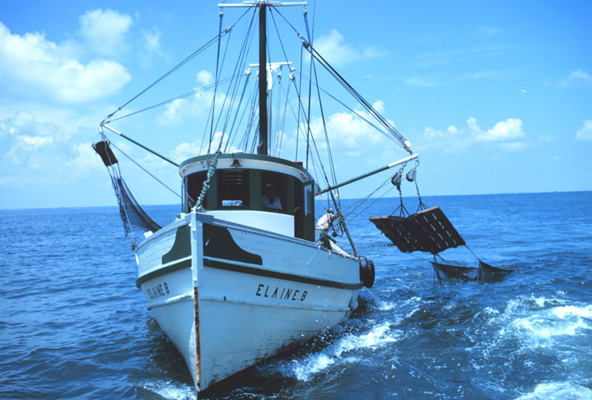 Fishing trawlers use weighted nets to trap fish and other marine organisms both in the water column and on the ocean floor. Deep sea trawling can damage fragile ocean bottom habitats by pulling up vegetation and leaving tangled nets behind.
Fishing trawlers use weighted nets to trap fish and other marine organisms both in the water column and on the ocean floor. Deep sea trawling can damage fragile ocean bottom habitats by pulling up vegetation and leaving tangled nets behind.
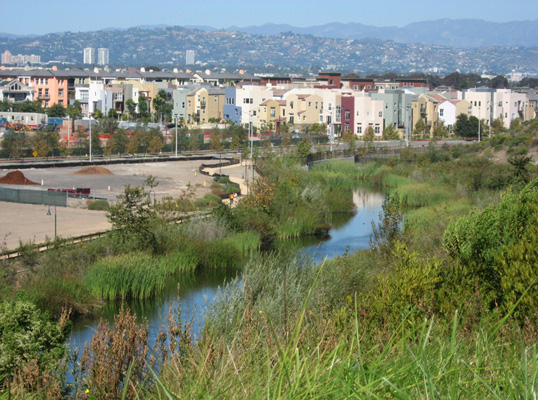 Wetlands are an essential filter for pollutants, a barrier against rising water, and habitat for countless birds, amphibians, fish and invertebrates. Development in and around wetlands contributes to their degradation and inhibits the wetlands’ ability to recharge groundwater.
Wetlands are an essential filter for pollutants, a barrier against rising water, and habitat for countless birds, amphibians, fish and invertebrates. Development in and around wetlands contributes to their degradation and inhibits the wetlands’ ability to recharge groundwater.
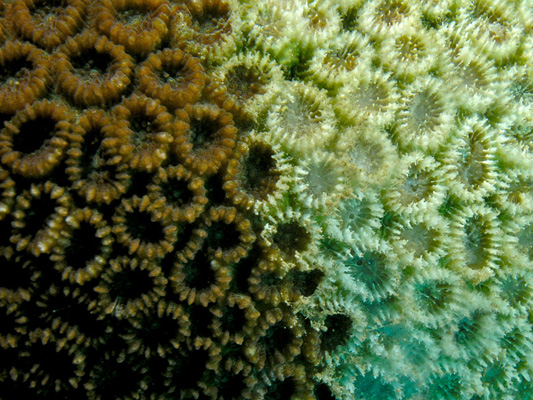 Bleached corals: Due to climate change, damage from boats, careless recreational use and exposure to pollutants, corals are becoming bleached and are no longer functional. Corals are a vital part of the marine ecosystem, providing habitats for thousands of fish, sharks, sponges, sea turtles and other marine organisms. They have a large economic value in drawing recreational divers and marine photographers to an area. In addition, they provide a natural buffer to shorelines, protecting them from rising waters, wave action and erosion during a storm.
Bleached corals: Due to climate change, damage from boats, careless recreational use and exposure to pollutants, corals are becoming bleached and are no longer functional. Corals are a vital part of the marine ecosystem, providing habitats for thousands of fish, sharks, sponges, sea turtles and other marine organisms. They have a large economic value in drawing recreational divers and marine photographers to an area. In addition, they provide a natural buffer to shorelines, protecting them from rising waters, wave action and erosion during a storm.
(image source: http://commons.wikimedia. org/wiki/File:Favia_pallida_%28hard
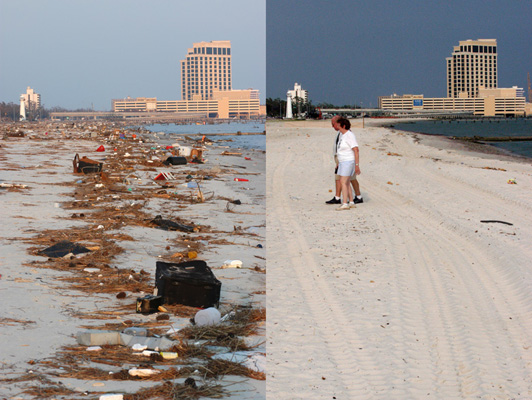 What can you do about it? By cleaning up beaches and wetlands, choosing to eat sustainable food from the sea, adhering to marine sanctuary signs, and reporting violations to the proper authorities, you too can help to preserve our fragile coastal and marine ecosystems.
What can you do about it? By cleaning up beaches and wetlands, choosing to eat sustainable food from the sea, adhering to marine sanctuary signs, and reporting violations to the proper authorities, you too can help to preserve our fragile coastal and marine ecosystems.
Human Impacts from Garbage
Among the biggest international impacts that humans have made on the marine ecosystem are the garbage patches which are found in all the oceans of the world. Take a look at the 5 Gyres Project. Then answer the interactive questions below.
Click on the image above to watch
Earth: What's an Ocean Garbage Patch?
The garbage patches do not look like a garbage heap; instead, they are spread out like a thin plastic soup. The plastic and other materials found in the ocean are mostly confetti-sized particles that have been broken down by the sun and waves.
Fish as well as other marine organisms mistake this trash for food. Bait fish, such as the lanternfish, consume this material, and then it is passed up the food chain to tuna, mahi-mahi and humans.
With cleanup of this trash nearly impossible, Anna Cummings and her team hope to see a change in legislation that will require companies to use fully recyclable material or be responsible for the product when it is no longer used. In addition, consumers can have an impact by buying only sustainable products that will not end up in the ocean gyres.
What’s a Watershed?
Although the ocean makes up the majority of water on earth, fresh water is crucial for human survival. In fact, fresh water is so important that we keep track of our fresh water by identifying, measuring, and protecting our watersheds. What’s a watershed? Looking at the images below that depict different watersheds, how would you define the term?
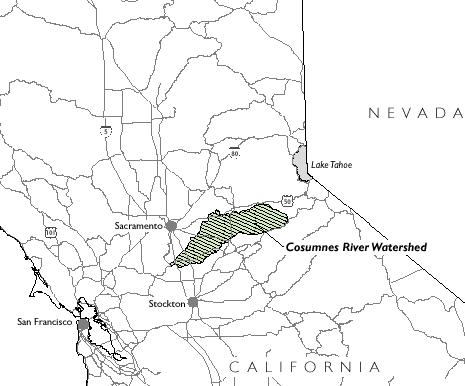
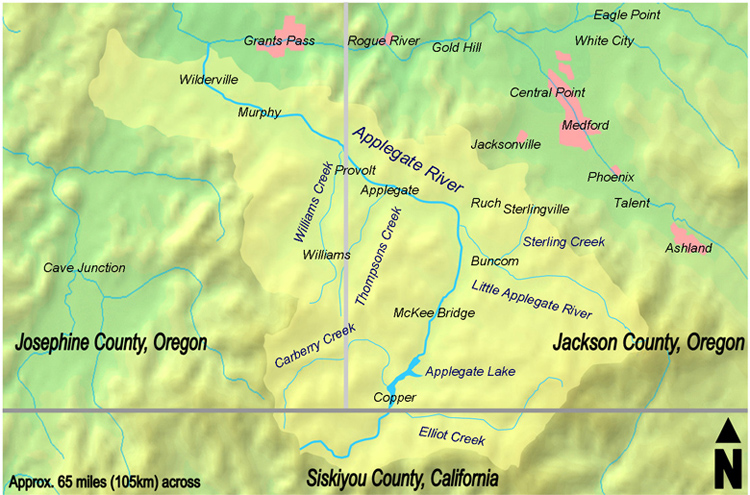
Figure 2: Watershed with elevations (source: http://commons.wikimedia.org/wiki/File:Applegate_River_Watershed.png)
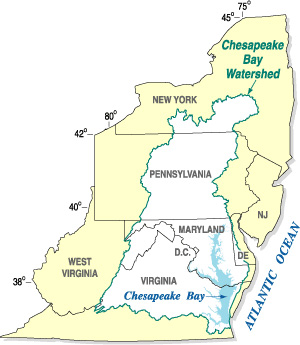
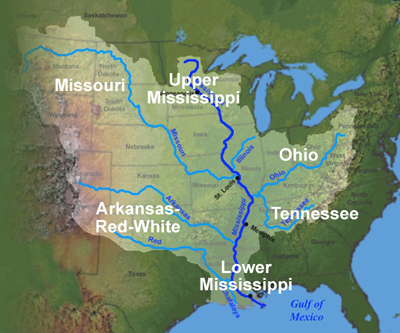
Quisque congue Figure 3: Map showing outline of the Chesapeake Bay watershed
Figure 4: Mississippi Watershed Map
Watersheds are the area in which all falling water drains to a common outlet. We all live in a watershed in which all the water that falls, whether it flows into rivers, lakes, or streams or is absorbed into soils or the groundwater system, is channeled into a common outlet and eventually the sea. Watersheds can be small if the common outlet you’re looking at is a local stream or can be large enough to encompass all the water shed into the Mississippi River. Can you find your own local watershed using this interactive map? (Click on the map to enlarge it.)

Can you find your own local watershed using this interactive map? (Click on the map to enlarge it.)
- apes_lodgepoleseedlings_580x389
Seedlings are defined as trees that are less 0.5 m high.
- apes_pinesapling_332x580
Saplings are trees that are less than 3 cm in diameter, but over 0.5 m high.
- apes_lodgepolepines_275x206
Overstory trees have diameters greater than 3 cm.
The Source
In any watershed, water often begins its journey to the sea in the towering peaks of the highest mountains on earth. Let’s take a closer look as it travels from source to sea in the clip below.
Click on the image above to watch
Planet Earth: Freshwater: Remake
YouTube URL: https://youtu.be/ovZhHxnRQe4
Text Version
Freshwater
- Freshwater begins high in the mountains and travels to the sea.
- Moisture rises from the surface of the sea as water vapor and travels inland on the wind.
- Mountains force the moist air upward.
- As it cools, it condenses into clouds, and finally rain, the source of all freshwater.
- Freshwater’s journey starts high in the mountains.
- Growing from humble streams to mighty rivers, it will travel hundreds of miles to the sea.
- In their upper regions, mountain streams surge with energy.
- Streams join to form rivers, build power and create rapids.

